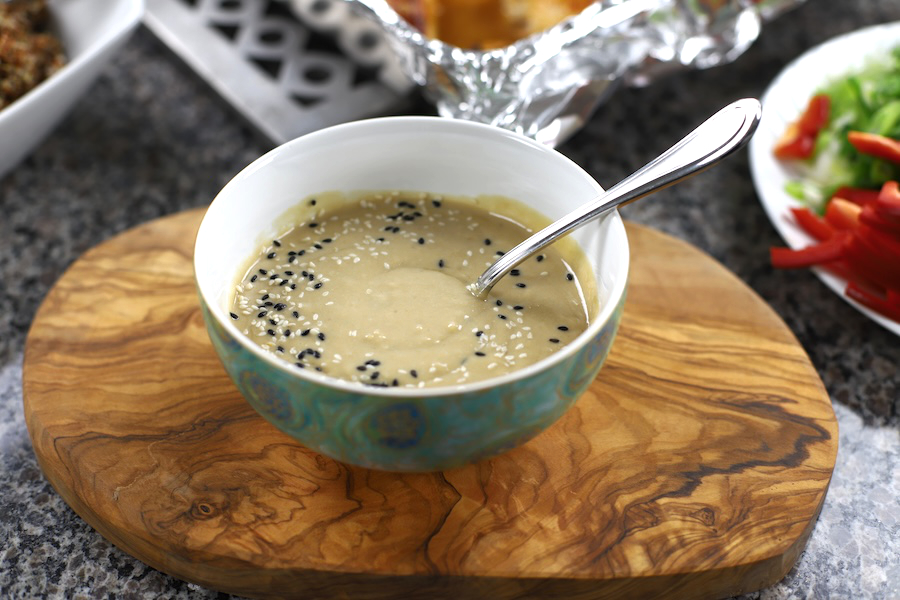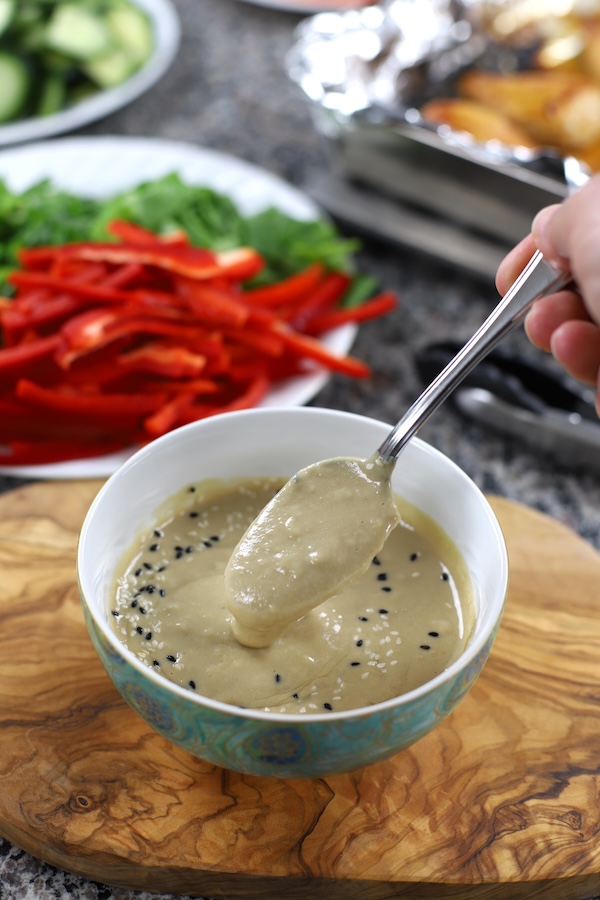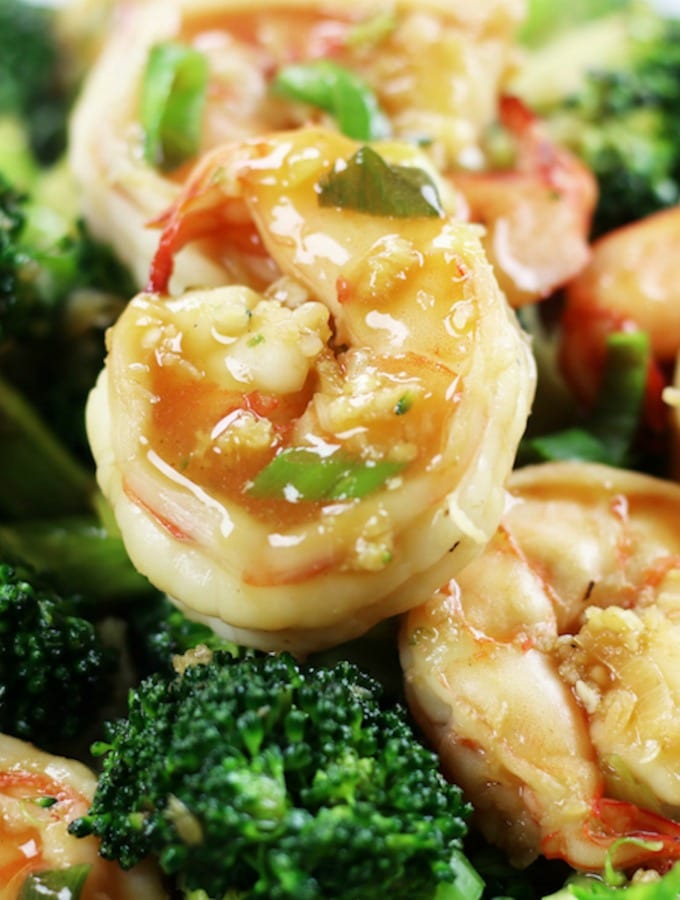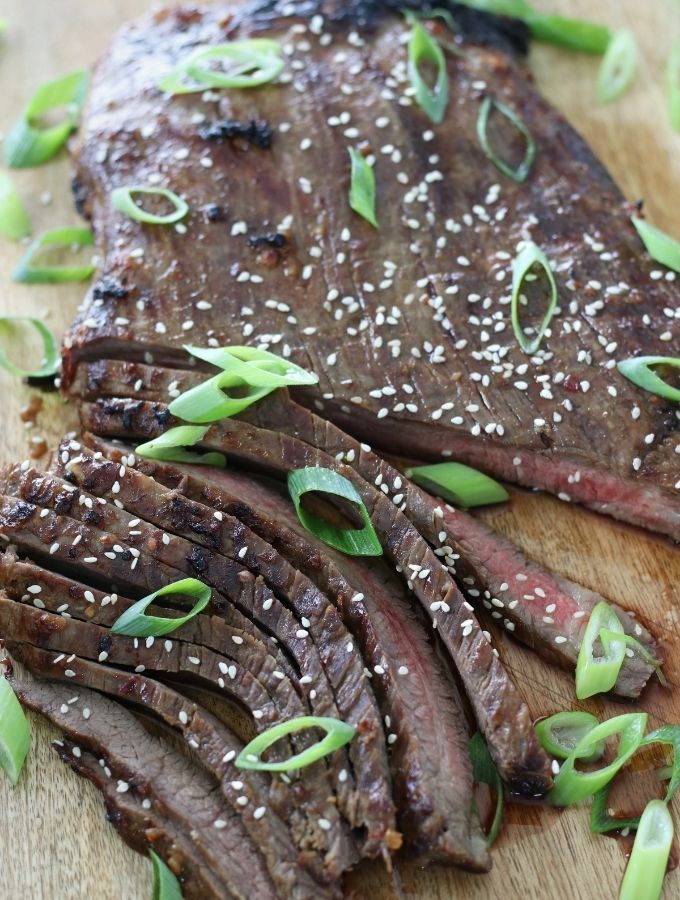Miso Tahini Dressing
Miso Tahini Dressing is a creamy and nutty salad dressing bursting with Asian flavors. It is quick and easy to make. Best of all, it outshines any store bought Asian dressing.
This post may contain affiliate links which I earn a small portion in sales if a purchase is made. Rest assured though, it is never at any additional cost to you.

Miso Tahini Dressing: An Incredibly Easy and Flavorful Salad Dressing
Creating irresistible, healthy and budget-friendly salad dressings is easy with homemade recipes like this Miso Tahini Dressing. This creamy and flavorful dressing requires only a handful of ingredients and a small amount of effort. It’s versatile, complementing roasted veggies, grain bowls, and serving as a dip for crudité or spring rolls. Additionally, choosing homemade gives you control over ingredients and keeps costs low, ensuring a fresh and wholesome dressing.
Understanding Miso: A Beginner’s Guide
Miso is a traditional Japanese ingredient that has been cherished for centuries because of its rich flavor and versatility in cooking. In short, it is a fermented paste made primarily from soybeans, salt and a fermenting agent called koji.
What makes miso truly special is its complex and savory taste. This flavor is often described as umami, (a pleasant, savoriness that adds depth and richness to dishes). Depending on the ingredients and fermentation process, miso can vary in color, texture, and flavor. It can range from sweet and mild to bold and earthy.
For this salad dressing, white miso paste is a perfect choice due to its mild and slightly sweet flavor. Combined with tahini, rice vinegar, sesame oil, and garlic, it creates a creamy and flavorful dressing that pairs beautifully with all kinds of recipes.

Ingredients Needed
- White Miso Paste– The foundation of the dressing, offering a savory umami flavor with a hint of sweetness. You’ll usually find it in tubs in the refrigerated vegan or Asian aisles of most grocery stores.
- Tahini– Made from ground sesame seeds, it provides a creamy texture and irresistible nutty taste. Tahini will often be with the nut butters or International foods in most grocery stores.
- Rice Vinegar– Brings in a subtle tanginess and brightness to the dressing, balancing the richness of the miso and tahini.
- Sesame Oil– Imparts a distinctively nutty aroma and flavor to the dressing, enhancing the overall depth of flavor.
- Honey– Provides a natural sweetness to the dressing, balancing out the savory and tangy flavors.
- Garlic– Adds a pungent and aromatic taste, giving the dressing more depth and flavor.
- Water– Helps to adjust the consistency of the dressing, ensuring it’s smooth and pourable.
- Gochugaru or Crushed Red Chili Pepper Flakes (optional)– Either one can provide a subtle heat and spiciness to the dressing, adding a delightful kick of flavor.
How To Make
- Whisk miso paste and tahini until smooth.
- Add rice vinegar, sesame oil, honey, and garlic; mix well.
- Gradually add water, whisking continuously for desired consistency.
- Transfer to a jar, refrigerate for 30 minutes before serving.
Tips and Tricks
- Tahini tends to settle over time, so give it a good stir before measuring to ensure an even texture.
- Miso paste can be quite dense, so use a spoon or spatula to scoop it out of the container.
- Use a whisk or blender to ensure the dressing is smooth and creamy.
- Adjust the consistency by adding water gradually until desired thickness is achieved.
- Taste and adjust seasoning as needed, adding more honey for sweetness or vinegar for acidity.
- Experiment with different types of miso paste for varying flavor profiles.
- Store leftover dressing in an airtight container in the refrigerator for up to a week.
Frequently Asked Questions
What’s the difference between miso and tahini?
Miso is a fermented soybean paste, providing a savory umami flavor, while tahini is made from ground sesame seeds, offering a creamy texture and nutty taste.
Is miso good for your gut?
Yes, miso is good for your gut as it contains probiotics, which are beneficial bacteria that can support digestive health by promoting a healthy balance of gut flora.
Does miso paste go bad?
Yes, miso paste can go bad, but it has a long shelf life if stored properly in the refrigerator. It may lose some flavor over time, but it’s generally safe to eat as long as there are no signs of mold or unusual odors. To extend its shelf life, always use clean utensils when scooping out miso paste, and tightly seal the container after each use to prevent air exposure.
Are there health benefits to tahini?
Yes, tahini offers health benefits as it’s rich in healthy fats, vitamins, minerals, and antioxidants. It can support heart health, provide energy, and contribute to overall well-being.

Miso Tahini Dressing
Ingredients
- 1/4 cup white miso paste
- 1/4 cup tahini
- 1/4 cup rice vinegar
- 1/4 cup toasted sesame oil
- 1 tablespoon honey *or maple syrup
- 1 tablespoon crushed garlic *about 3-4 medium cloves of garlic
- 1/4 cup water *adjust for desired consistency
- sprinkle Gochugaru or Crushed Red Chili Pepper Flakes *optional, see Note #1 below
Instructions
- In a small bowl, whisk together the miso paste and tahini until smooth and well combined.
- Add rice vinegar, sesame oil, honey and garlic. Mix well until all ingredients are fully incorporated.
- Gradually add water, one tablespoon at a time, while whisking continuously until you reach your desired consistency. The dressing should be smooth and pourable but not too thin. See Note #2 below.
- Transfer the miso tahini dressing to a jar or airtight container and refrigerate for at least 30 minutes to allow the flavors to meld together before serving.







